Saido Berahino was previously considered one of the hottest prospects in English football. However, after a transfer to Tottenham in 2015 never materialized, his career almost ground to a halt. Moving to Stoke for around £12 million did not help Berahino rediscover his form. After Stoke were relegated from the EPL to the EFL Championship and following just three league goals in 51 games for the Potters, he was released in 2019. The now Burundian international left England and was signed by Belgian Pro League side Zulte Waregem.
While Berahino has not rediscovered the form he showcased at West Brom, he appears to be slowly revitalising his career. With 8 goals in all competitions for Zulte, he has already surpassed his total tally at Stoke. He has also contributed three assists so far this season. By no means is Berahino setting the Belgian league on fire, but perhaps there are signs that he is rediscovering some of his early career form.
This tactical analysis, in the form of a scout report will compare his statistics from his last season in England to his first in Belgium to see if he really has turned over a new leaf and is trending in the right direction. Following this, this analysis will look at where Berahino is more effective, either as a centre-forward or out wide.
Statistical comparison
From a statistical perspective, 8 goals in half a season with Zulte is certainly an improvement on the period Berahino spent with Stoke. However, when we look at the expected goals per game, there isn’t a drastic difference between his last season in Stoke and his first in Belgium. His average game xG during the 2018/19 season with Stoke was 0.22, while at Zulte it is 0.24. His overall xG for the Pro League season was 4.22, so his 6 league goals so far mean he has surpassed that expectation.
In comparison, another player who made the move from the Championship to the Pro League was Kemar Roofe, formerly of Leeds and now of Anderlecht. Roofe managed 14 goals for Leeds last season, 11 more than Berahino. This season Roofe is level with Berahino on 6. While Roofe’s 2019/20 season has been blighted by injury, matching his goals tally certainly suggests that the Burundian forward’s move to Belgium has helped.
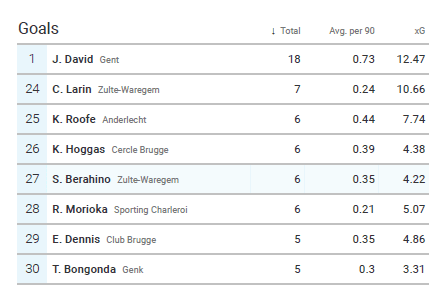
This may well be helped by an increase in minutes at Zulte compared to Stoke. This season with the Belgian side Berahino is averaging just under 86 minutes per game, while in the previous season at Stoke his average minutes were down at around 66 minutes per game. With these extra 20 minutes per game, you would expect the xG to be higher for Zulte than Stoke. Given that it is only 0.02 higher, on paper it suggests that the Berahino that plays for Zulte is similar to the one at Stoke, despite the increase in goals.
At Zulte, Berahino is more active in matches than he was at Stoke. He averages around 59 total actions per 90 in Belgium, with just under 40 of these successful. This is far higher than his numbers at Stoke, which read at around 42 and 20 respectively. He has doubled his successful actions during his time at Zulte.
This could be down to the fact that he receives far more of the ball at Zulte than he did at Stoke. On average he received the ball just under 10 times per match in England, whereas this is up to around 20 this season. He appears more of a focal point of the attacking approach of Zulte which has allowed him to score and assist more this season.
Key actions for Berahino as a striker and winger who rarely crosses would be shots, dribbles and touches in the area. Shots wise, Berahino averages around 1.5 shots per game, with over 50% accuracy at 0.8. For Stoke, these numbers read 1.19 shots per 90 at an accuracy of only 0.4. With more received passes the Burundian has doubled his shot accuracy since moving to Belgium. While there are still matches where he doesn’t manage a single shot, these averages are trending in a positive direction that suggests a slight rediscovering of form.
Dribbling wise we again see a positive trend. At Stoke, he managed 51 dribble attempts in the 2018/19 season, averaging 1.96 per game with a success rate of 0.96. Both attempts and success rate are what one would expect from a player struggling with confidence and form. This season with Zulte Berahino has attempted, in fewer games, 69 dribbles. This gives an average of 3.28 attempted per 90, with a success rate of 1.57. While the number of dribbles is higher, the success rate remains around 48%. What the higher attempts suggest is that Berahino is more confident and willing to run with the ball at Zulte than he was at Stoke. Compared to other players in the Pro League, he is
averaging similar amounts of dribbles as top scorer Dieumerci Mbokani and former Genk striker Mbwana Samatta, two of the more successful strikers in the league.
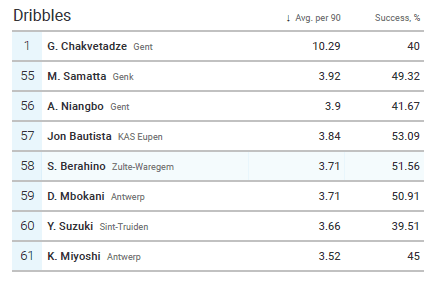
Berahino currently sits 81st out of all Pro League players for average touches in the area. Taking into account cup games, the Burundian is averaging only 2.57 touches in the penalty area. This would highlight why his expected goals is as low as it is, especially when you consider only one of his 8 goals have come from outside the area. Inside the area, his xG is up at 5, while outside of the penalty area it is down at 0.47. If he could get more touches in the area, his overall xG is likely to increase, as well as his overall goals.
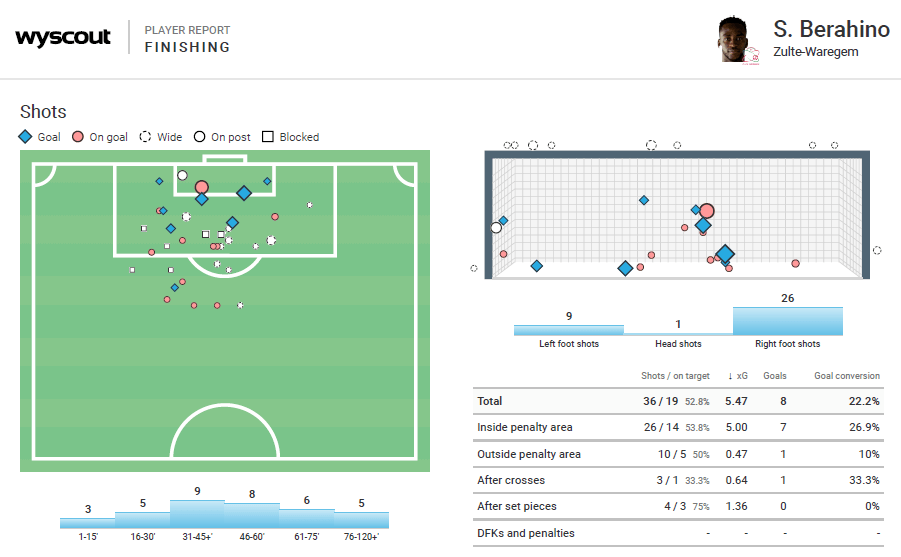
Compared to his time at Stoke, we see a similar figure for average touches in the area, at 2.19 per match. The increase in Belgium is minimal, and again may be understood by the increase in received passes. However, across the board, we have seen that there is an upward trend in Berahino’s attacking output since moving from England to Belgium, even if in some areas this is only marginal.
Zulte’s preferred formations are either the 4-4-2, which they have used 37.4% this season, or the 4-2-3-1 used 30.2% of the season. For Berahino, he is rarely used as the lone striker in the latter. Instead, he is used as either the left or right-winger. He is also occasionally used as a winger in the 4-4-2 as well, although he is more likely to play centre forward in this formation. But where is he more
effective?
Left-winger analysis
Firstly, we looked at games in which Berahino features as a winger. Due to his versatility, he does not always remain as a winger for the entire game. On some occasions, he is moved into the centre-forward role after starting on the wing or vice-versa.
At Zulte he has played 8 times on the wing where he averages 63 actions per match, of which 36 are successful. He’s scored four goals and has three assists. These are up from his time on the wing at Stoke, where he had 58.75 actions with a 29.75 success rate, alongside two goals and no assists.
Shots wise, he averages 1.75 in Belgium, with 1.13 on target, an impressive 64%. At Stoke, these were lower, with a 1.63 per match and only 0.63 accuracy, only around 39% accuracy. These stats certainly suggest that he is more of a goal threat on the wing for Zulte than he ever was for Stoke. However, average xG does not reflect this, with his xG at 0.31 at Stoke, higher than his 0.17 at Zulte.
Yet Berahino has exceeded his xG at Zulte, and this goal against Sporting Charleroi in the cup highlights why. As a striker cum winger, Berahino likes to drift into the spaces in between the full-back and the centre back. This allows for the attacking left-back of Zulte to push up, as well as the striker to drift to the same side and create overloads. Although he has a capable left foot, Berahino is a right-footed player and therefore is strong when coming inside as a winger.
As the below clip shows, with the left-back high up the field there is an overload on the left-hand side due to the positioning of Berahino as he comes inside to operate between the right-back and centre-back.
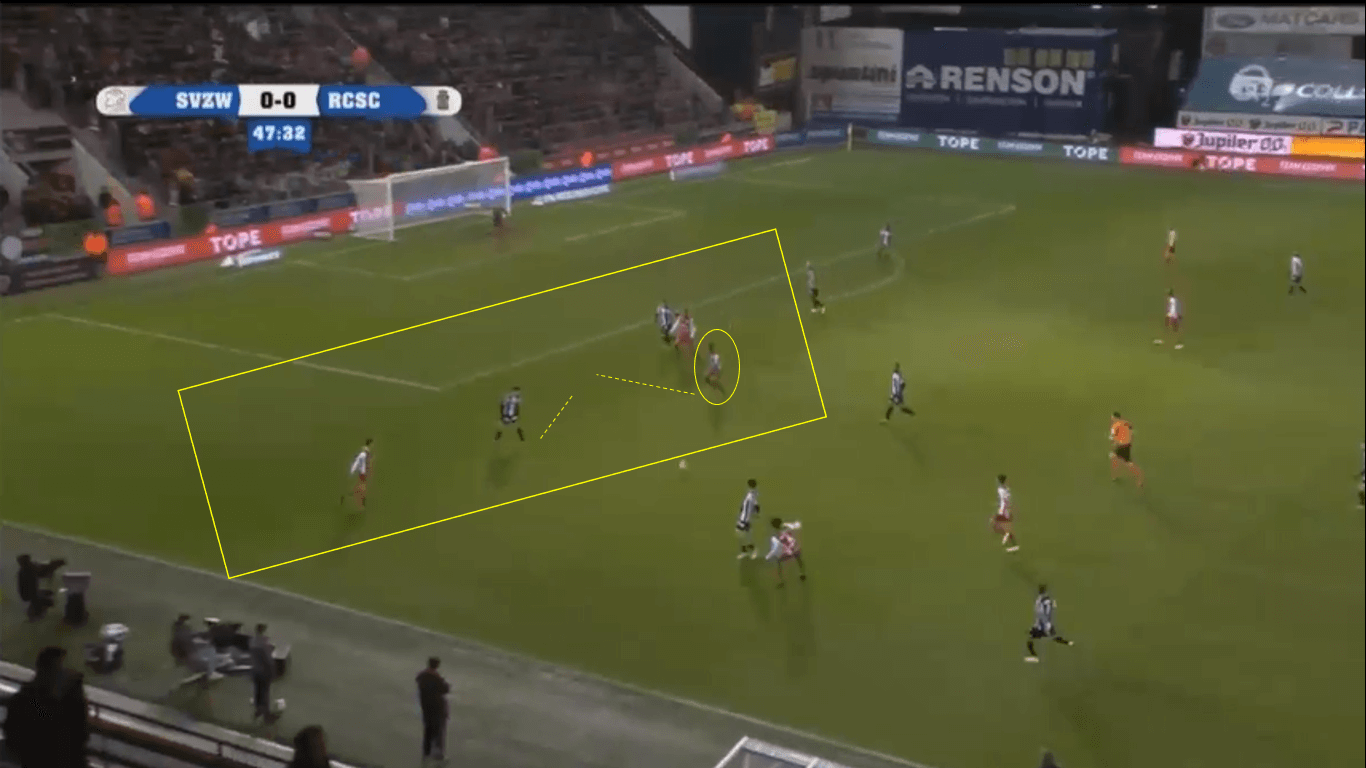
As the play progresses, Berahino’s positioning forces the centre-back to make a choice, either trust his right-back to make it to Berahino or to leave the striker and attempt to win the ball. Chareloi’sright back also has to make a decision, either shift over to stop Berahino or cut off the Zulte left-back as a passing option. Below we see the result, with the centre-back leaving his man and the right-back cutting off the passing lane and trying to close Berahino down.
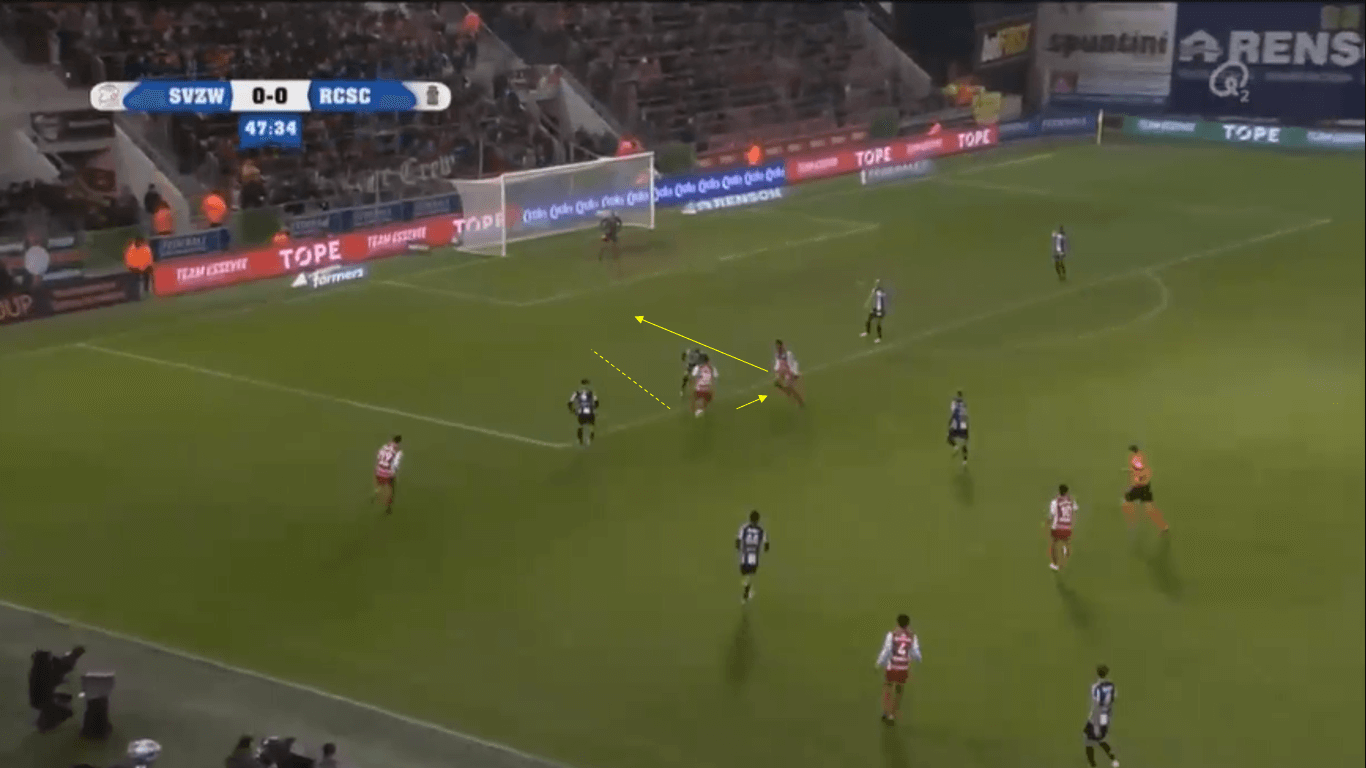
Now we see the full effect of the overload. It has caused confusion and forced the defenders into making risky decisions that ultimately cost them. By operating in the spaces in between the full-back and centre-back, Berahino has created enough space for himself and his teammate. It is far too late for the other centre-back to cover the striker, meaning his partner is stuck in a two-on-one situation form which Berahino finds the back of the net.
Berahino’s touches in the penalty area are lower as a winger in Belgium, at 2.63 per 90 compared to 4.25 per 90 in Stoke. This is potentially down to team tactics rather than his doing, as Stoke would use him as part of a 4-3-3, whereas as part of the 4-4-2 in Belgium he is expected to stay wider with the two other strikers occupying the box more. However, when he is operating as a winger with the one striker, we see from the above how he can get into the box more by operating as more of an inside forward between the full-back and the centre-back.
Dribbling on the wing is again up at Zulte, with 3.13 at a 1.25 success rate. However, at Stoke, the success of his dribbles as a winger was surprisingly higher, with Berahino averaging 2 successful dribbles out of his 2.88 average. His dribbling stats this season also highlight the preference to come inside, as the above clip showed. When it comes to dribbling against full-backs he has attempted only 13 dribbles, of which 9 were successful. While this is an impressive ratio, he has attempted 24 dribbles against centre-backs, keeping possession 17 times. This suggests that he is looking to come inside and face up against the centre-backs rather than go at the opposition full-back.
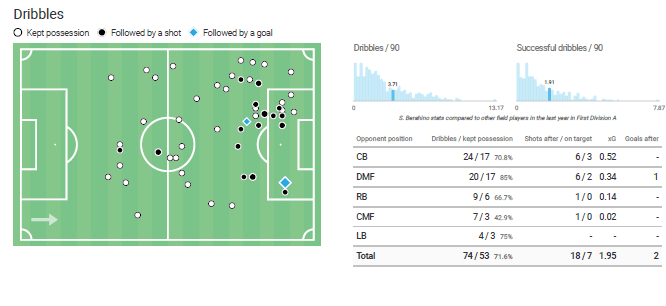
Centre-forward analysis
This season Berahino has featured as a centre-forward in 9 of his appearances. He has three goals in this role, the same as he managed in 15 matches as the centre-forward at Stoke. Again, most of the stats indicate an improvement. He is averaging 59.4 total actions at Zulte, up from 34 at Stoke. He had a 34% success rate at Stoke, whereas this year that has gone up to around 58%. This change has correlated to an increase in shots per game to 1.44, up from 1 last year. Accuracy is at 46% this season compared to 33% last season. Notably, he averages more shots as a winger than as a centre-forward.
While this improvement is a good sign, its also not great for a striker to be averaging just under one and a half shots per game. Compared to the rest of the league, Berahino sits 41st in average shots per game. As a striker, this would be lower, as this ranking takes into account his shots as a winger as well as a centre-forward. This would also explain why is xG as a striker is at 0.33 this season, which is still above the 0.21 it was last season.
Surprisingly, his touches in the box as a centre-forward for Zulte are lower than they are when he plays on the wing. He averages 2.44 touches in the box compared to the 2.63 as a winger. This is up from the 1.4 he averaged at Stoke last season. As the below formation graphic from the game against Mouscron-Péruwelz suggests, he is usually deployed just behind Larin, the striker mainly used as the one in the 4-2-3-1. Therefore, he would be expected to operate slightly deeper. Larin leads the league in most amount of shots, which would suggest that he is the one who finishes off attacks for Zulte.
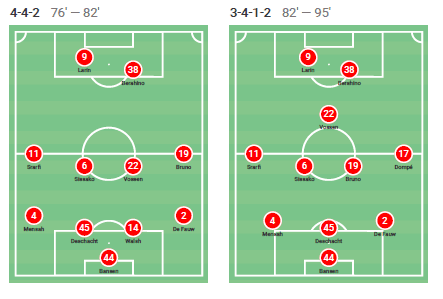
For example, in this early season game against Genk, Berahino was playing as the second striker alongside Larin. Larin is playing as the focal point and is the furthest player forward for Zulte when this attack takes place. This helps Berahino, as Larin will occupy the two centre-backs while the Burundian can drift in the spaces in between the defence and midfield.
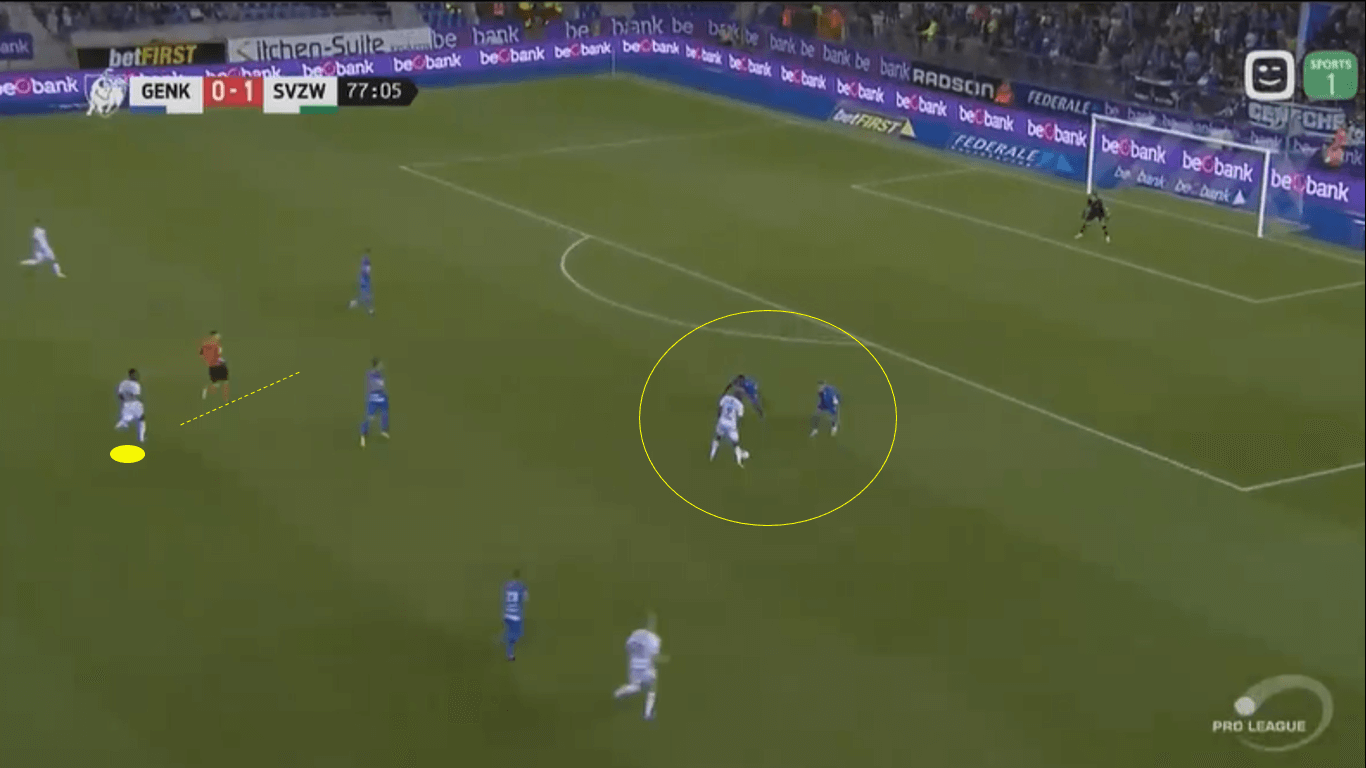
Playing in between the lines allows him to drift and then isolate players in a one on one situation. As a centre-forward, 50% of Berahino’s dribbles have been successful. This is higher than his success rate as a winger, highlighting his preference for dribbling against opposition players who operate in the central positions. Here he has isolated the defensive-midfielder with enough space either side to
attempt a dribble before help comes from the other defenders.
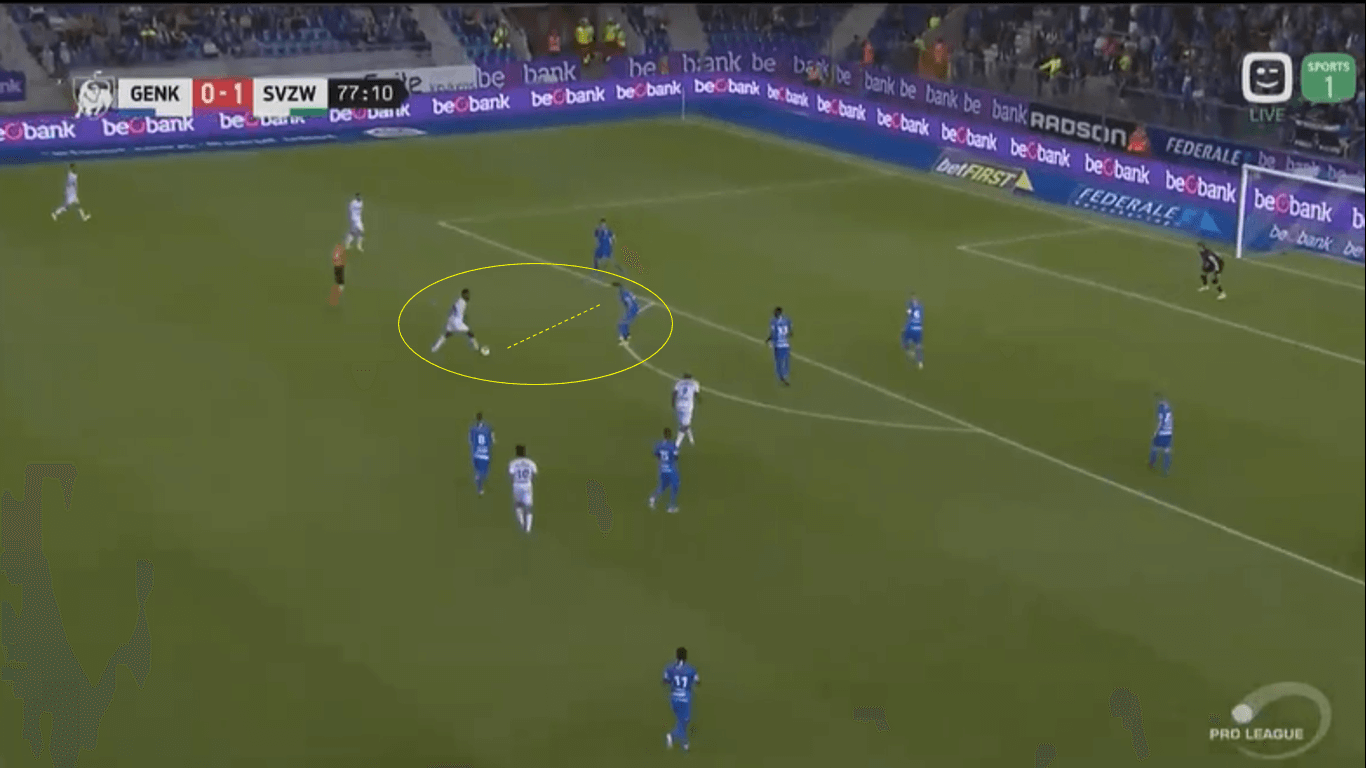
Berahino’s dribbling ability allows him to go past the defender and open up just enough space to fire away a shot. Against centre-backs Berahino ha a 70.8% dribble success rate and an xG of 0.52, while against defensive midfielders he has a success rate of 85% and an xG of 0.34. He has attempted 44 dribbles against centre-backs and defensive-midfielders. By isolating the centre-back or defensive
midfielder in the way he has done in this clip, he has a high chance of succeeding in the dribble and in this situation getting a shot away.
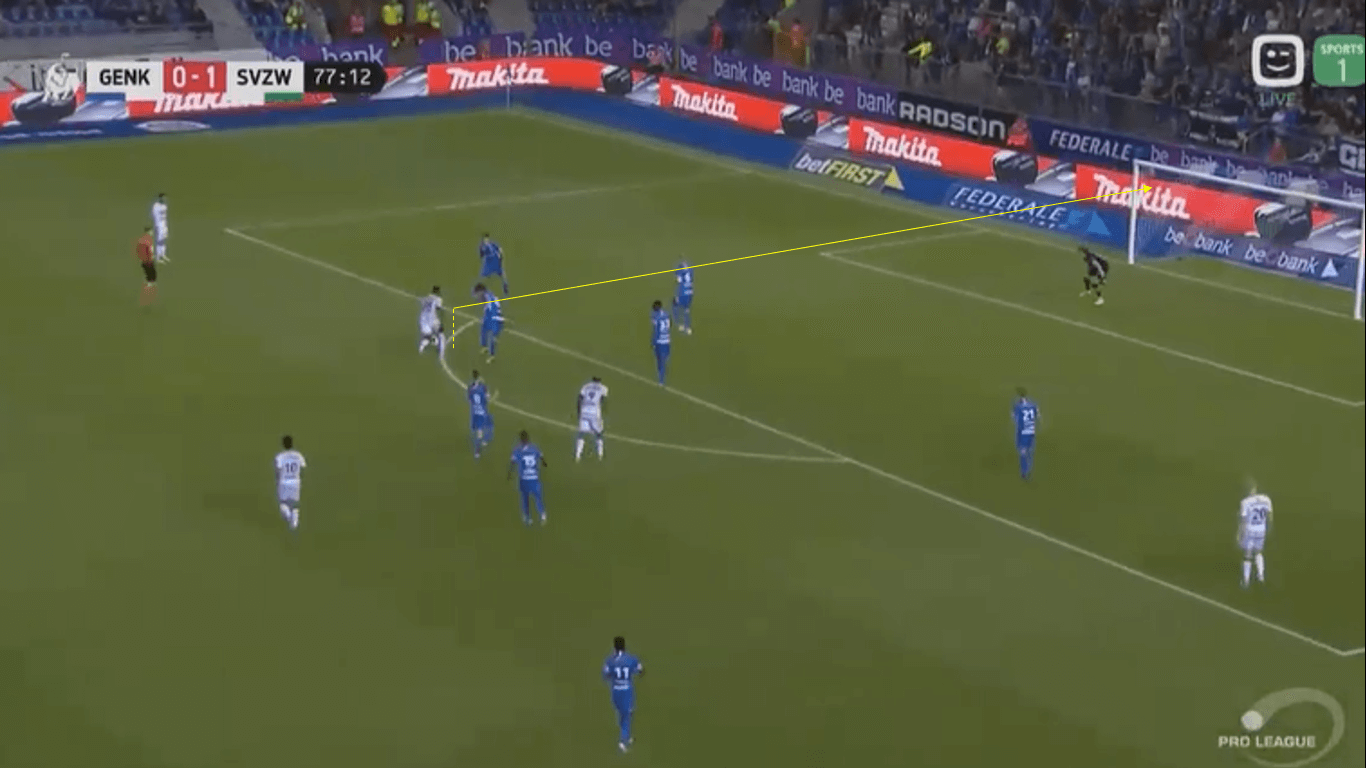
So where is he most effective? Statistics would suggest that operating as a winger is better for Berahino as he has contributed more goals and assists when he starts in this position. He averages more shots from the wing, as he can operate in that in-between area that, as we have already seen, can cause an overload and confuse defenders. Perhaps we should consider him more of an inside forward than an out and out winger, especially when he lines up on the left as his natural instinct as a right-footed player is to cut in.
Versatility is a luxury that Zulte will be happy to exploit with Berahino. While he is more effective as a winger stat-wise, he has also scored goals from the centre forward position as he can operate in that in-between position. He is also able to match up against centre-backs and defensive-midfielders more often, who he prefers to isolate and dribble against.
Conclusion
Clearly, Berahino has not rediscovered the form that catapulted him to the spotlight of English football and led to his failed transfer to Spurs. However, since moving to Belgium he has certainly shown signs of improvement. He is involved in the play more, getting more minutes, scoring more goals and adding a couple of assists to his game. For Zulte, Berahino is proving a versatile player, able to play as a winger on either flank or as the second striker in a 4-4-2. The true test will be whether he can improve in all the areas we have analysed above next season.
Berahino has spoken about how he wants to return to England someday, clearly feeling that he has unfinished business and a point to prove. Spending a few good seasons in Belgium could be enough to earn him a return and a chance to prove the doubters wrong.

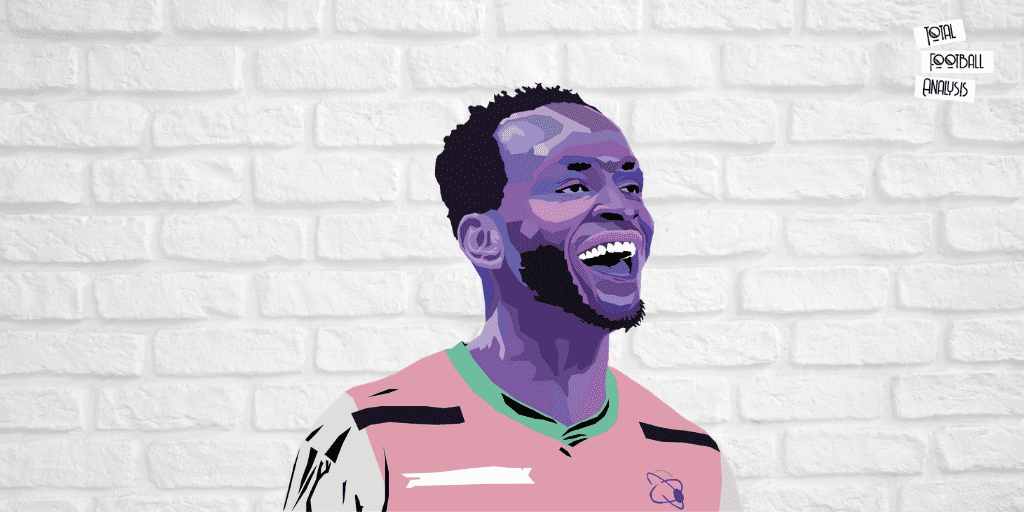
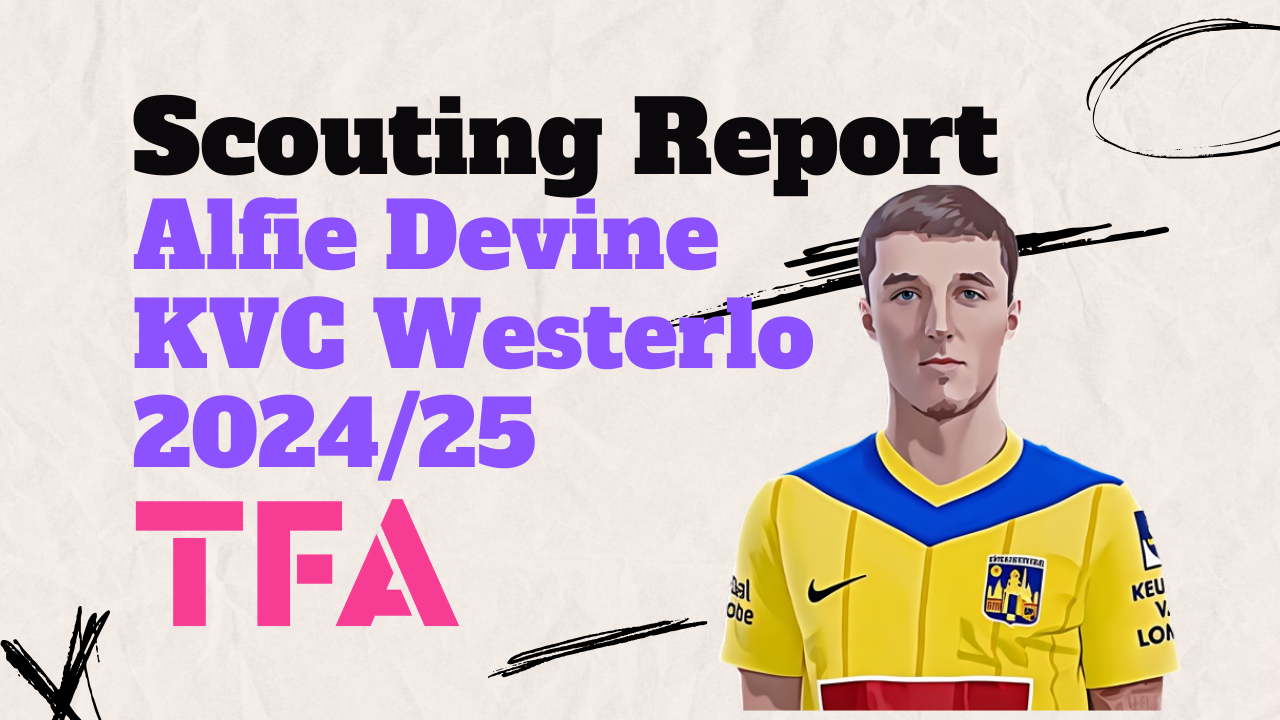
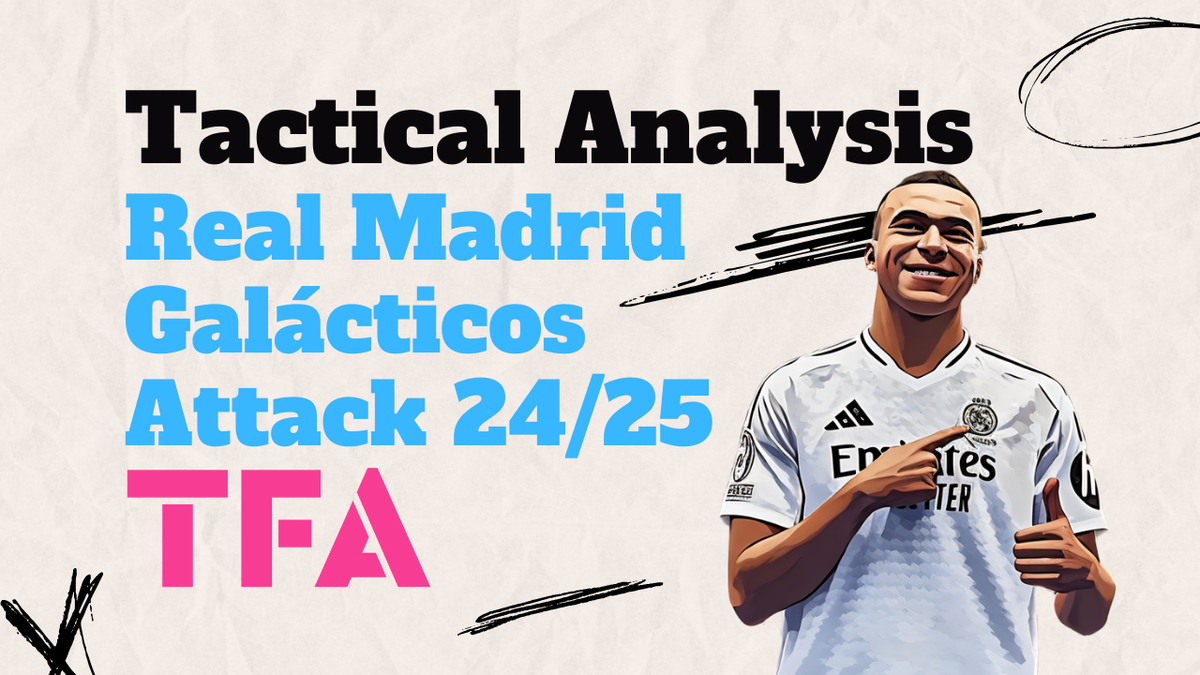
Comments